Contextualizing BIPOC Youth Mental Health
July is National BIPOC Mental Health Awareness Month, recognizing the unique experiences of Black, Indigenous, People of Color (BIPOC), and other underrepresented communities with regard to mental health due to generations of marginalization and systemic oppression. In light of the past year, with a devastating global pandemic and renewed momentum toward anti-racist policy solutions, the need for adequate, culturally-responsive and gender-affirming mental health needs is apparent and as urgent as ever.
- Black and Latinx children were about 14 percent less likely than white youth to receive treatment for their depression overall, and though as likely to have a major depressive episode as white children, were less likely to receive treatment in inpatient settings (SAMHSA, 2020).
- LGBTQ+ youth from American Indian and Alaskan Native backgrounds were 2.5 times more likely to report a suicide attempt in the past year, compared to their non-Native LGBTQ+ peers. (The Trevor Project, 2020).
“People need to understand how intersectionality impacts experiences.” – H3C Youth Leader
The Need for Hope, Health and Healing Strategies in Schools
The Children’s Partnership and the National Black Women’s Justice Institute have partnered together to establish the Hope, Healing and Health Collective (H3C). Our aim is to expand the availability and accessibility of culturally-competent and gender-responsive mental health services and supports to youth of color, particularly Black girls, Indigenous youth and Latina girls. Despite evidence of a demonstrated need, behavioral health services are underutilized in marginalized communities. The reasons why youth and adults of color do not engage in traditional mental health services at rates that are proportionate to the need within those communities are complex — including limited access, social stigma, misgivings about the efficacy of treatment and distrust of providers.
Schools are poised to be at the center of promoting BIPOC youths’ resilience, healing and journey to well-being. Youth are six times more likely to receive mental health care in schools compared to other community settings (Nadeem, Jaycox, Kataoka, Langley and Stein, 2011).
“Teachers need to understand the role they play in our lives and our trauma and self-image. Especially at the high school and middle school level.” – H3C Youth Leader
In considering what serves young people well, schools must pay greater attention to how building power through youth organizing and leadership development supports positive mental health, builds on community strengths and supports developmentally-driven needs for identity development that is reflective of their race, culture, gender and sexual orientation.
If we want our youth to thrive, especially as paradigms begin to shift in response to the global COVID-19 pandemic and greater public support for racial justice, it is imperative that schools, together with young people, address these barriers and develop innovative strategies within school systems – expanding opportunities for youth of color to access healing beyond and in tandem with the traditional medical model of mental health.
“I hope for young BIPOC teens to have an outlet, professional assistance to teens, without having teens spend their money. I hope for a safe space where teens/youth can learn from each other.” – H3C Youth Leader
Black, Indigenous and Latinx youth have borne the brunt of the consequences of not just the last year, but centuries of colonization and violence. These historical and community traumas have collectively conspired to disconnect young people from marginalized communities from protective factors that would serve as buffers to toxic stress and poor health and well-being. This is evidenced by alarming trends in children’s mental health – trends that are compounded for youth with several marginalized identities, including their gender identity, sexual orientation and their race or ethnicity. The Hope, Healing and Health Collective strives to elevate BIPOC youth voices in addressing their various mental health needs, moving collectively one step forward toward equitable and appropriate change.
Beginning in the spring of 2020, youth in the United States experienced a cascade of community trauma and stressors.
- As of the winter of 2020, Indigenous communities in 23 states have case rates of 3.5 times that of white people (CDC, 2020).
The ensuing school closures, social isolation and dramatically reduced access to services and care combined with the overall threat of the virus and the collective and individual grief over loved ones who died from COVID-19, have produced alarming mental health trends for young people.
“At first, I didn’t expect two weeks would turn into a year off of school, and a roller coaster of a year.” – H3C Youth Leader
- From the middle of March to October 2020, Emergency room visits for mental health crises in teenagers rose 31 percent (CDC, 2020).
“Online school was challenging, there was a lack of communication with teachers, I was not used to online learning, my grades were dropping, and it brought a lot of stress.” – H3C Youth Leader
We know that youth of color experience both direct and indirect harms to their mental health and well-being from racialized police violence (The Children’s Partnership, 2020). Racialized state violence, including immigration enforcement, triggers a stress response in children and youth that accumulates over time, adding to existing social and cultural harms based on race and ethnicity.
To learn more about the Hope, Health and Healing Collective, click here. For more information on our organizations, visit The Children’s Partnership and the National Black Women’s Justice Institute.
Disclaimer: For confidentiality purposes, the names of our H3C Youth leaders have been omitted from this post.
